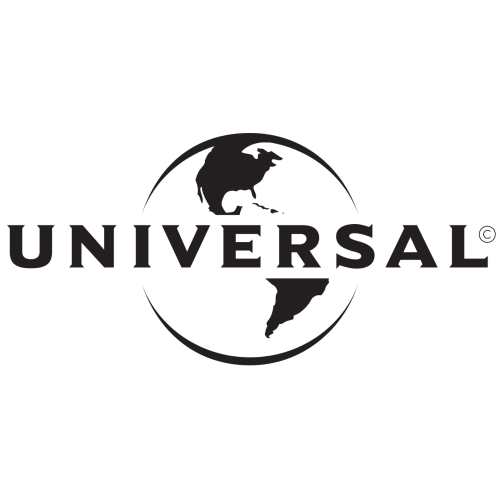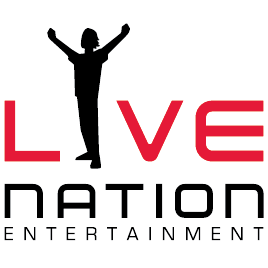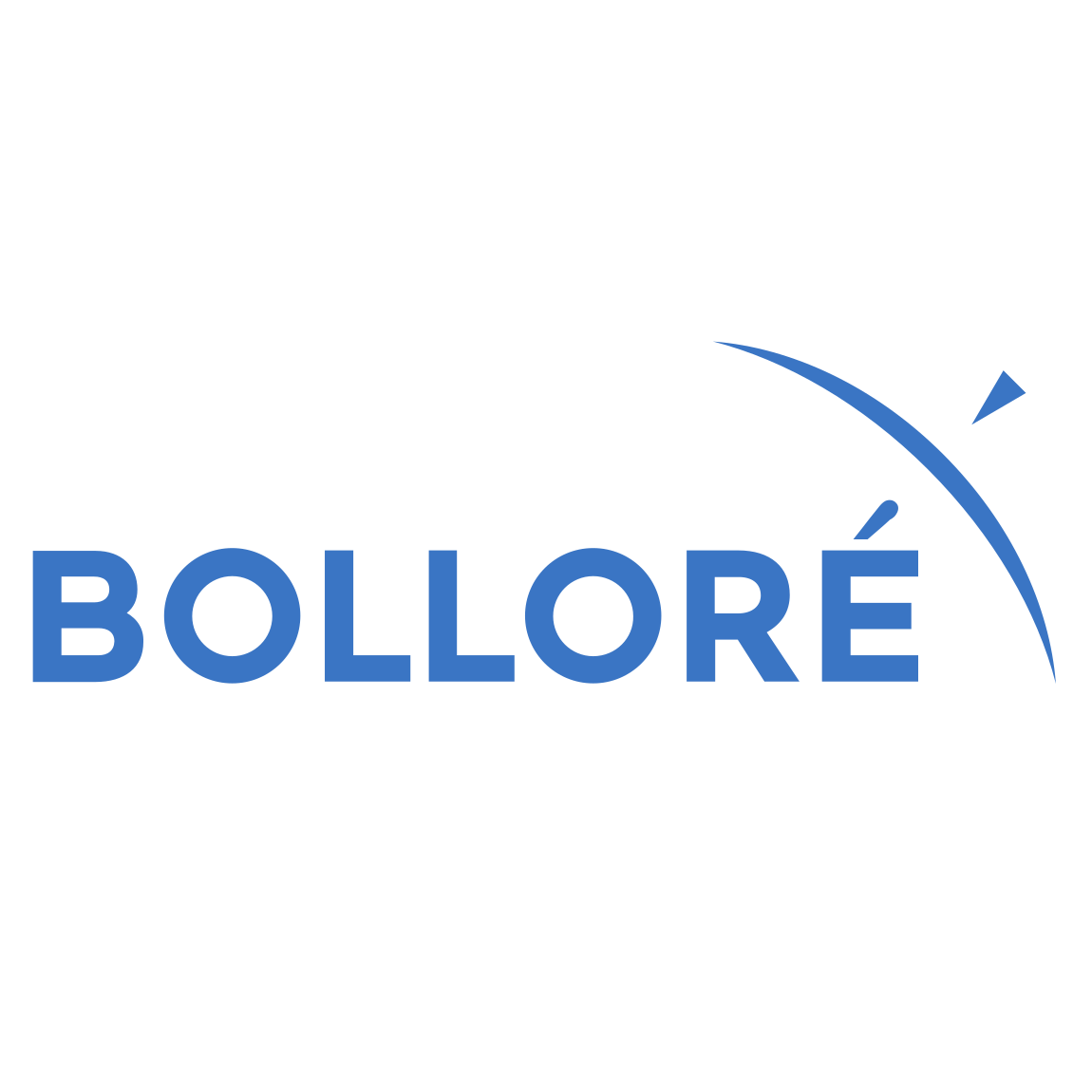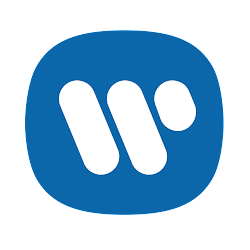Matching Maximize Solution PCL
SET:MATCH
Profitability Summary
Matching Maximize Solution PCL's profitability score is 44/100. We take all the information about a company's profitability (such as its margins, capital efficiency, free cash flow generating ability, and more) and consolidate it into one single number - the profitability score. The higher the profitability score, the more profitable the company is.
Score
We take all the information about a company's profitability (such as its margins, capital efficiency, free cash flow generating ability, and more) and consolidate it into one single number - the profitability score. The higher the profitability score, the more profitable the company is.
We take all the information about a company's profitability (such as its margins, capital efficiency, free cash flow generating ability, and more) and consolidate it into one single number - the profitability score. The higher the profitability score, the more profitable the company is.
Score
Score
Margins
Profit margins represent what percentage of sales has turned into profits. Simply put, the percentage figure indicates how many cents of profit the company has generated for each dollar of sale.
Profit margins help investors assess if a company's management is generating enough profit from its sales and whether operating costs and overhead costs are being contained.
Earnings Waterfall
Matching Maximize Solution PCL
|
Revenue
|
472.6m
THB
|
|
Cost of Revenue
|
-320.1m
THB
|
|
Gross Profit
|
152.6m
THB
|
|
Operating Expenses
|
-123.1m
THB
|
|
Operating Income
|
29.4m
THB
|
|
Other Expenses
|
-17m
THB
|
|
Net Income
|
12.4m
THB
|
Margins Comparison
Matching Maximize Solution PCL Competitors
| Country | Company | Market Cap |
Gross Margin |
Operating Margin |
Net Margin |
||
|---|---|---|---|---|---|---|---|
| TH |
M
|
Matching Maximize Solution PCL
SET:MATCH
|
914.5m THB |
32%
|
6%
|
3%
|
|
| US |

|
Netflix Inc
NASDAQ:NFLX
|
449B USD |
47%
|
28%
|
23%
|
|
| US |

|
Walt Disney Co
NYSE:DIS
|
161.1B USD |
37%
|
14%
|
6%
|
|
| LU |

|
Spotify Technology SA
NYSE:SPOT
|
120.8B USD |
30%
|
9%
|
7%
|
|
| NL |

|
Universal Music Group NV
AEX:UMG
|
45.4B EUR |
43%
|
15%
|
18%
|
|
| US |

|
Live Nation Entertainment Inc
NYSE:LYV
|
30.8B USD |
28%
|
5%
|
3%
|
|
| US |

|
TKO Group Holdings Inc
NYSE:TKO
|
25.8B USD |
0%
|
20%
|
13%
|
|
| CN |

|
Tencent Music Entertainment Group
NYSE:TME
|
22.2B USD |
42%
|
26%
|
23%
|
|
| US |

|
Warner Bros Discovery Inc
NASDAQ:WBD
|
20.4B USD |
43%
|
1%
|
-29%
|
|
| FR |

|
Bollore SE
PAR:BOL
|
15B EUR |
5%
|
-9%
|
58%
|
|
| US |

|
Warner Music Group Corp
NASDAQ:WMG
|
14.9B USD |
47%
|
14%
|
8%
|
Return on Capital
Return on capital ratios give a sense of how well a company is using its capital (equity, assets, capital employed, etc.) to generate profits (operating income, net income, etc.). In simple words, these ratios show how much income is generated for each dollar of capital invested.
Return on Capital Comparison
Matching Maximize Solution PCL Competitors
| Country | Company | Market Cap | ROE | ROA | ROCE | ROIC | ||
|---|---|---|---|---|---|---|---|---|
| TH |
M
|
Matching Maximize Solution PCL
SET:MATCH
|
914.5m THB |
1%
|
1%
|
2%
|
1%
|
|
| US |

|
Netflix Inc
NASDAQ:NFLX
|
449B USD |
41%
|
18%
|
27%
|
26%
|
|
| US |

|
Walt Disney Co
NYSE:DIS
|
161.1B USD |
6%
|
3%
|
8%
|
6%
|
|
| LU |

|
Spotify Technology SA
NYSE:SPOT
|
120.8B USD |
28%
|
11%
|
24%
|
34%
|
|
| NL |

|
Universal Music Group NV
AEX:UMG
|
45.4B EUR |
56%
|
14%
|
21%
|
15%
|
|
| US |

|
Live Nation Entertainment Inc
NYSE:LYV
|
30.8B USD |
1 055%
|
3%
|
13%
|
18%
|
|
| US |

|
TKO Group Holdings Inc
NYSE:TKO
|
25.8B USD |
25%
|
12%
|
24%
|
20%
|
|
| CN |

|
Tencent Music Entertainment Group
NYSE:TME
|
22.2B USD |
11%
|
8%
|
11%
|
11%
|
|
| US |

|
Warner Bros Discovery Inc
NASDAQ:WBD
|
20.4B USD |
-29%
|
-10%
|
1%
|
1%
|
|
| FR |

|
Bollore SE
PAR:BOL
|
15B EUR |
8%
|
4%
|
-1%
|
-1%
|
|
| US |

|
Warner Music Group Corp
NASDAQ:WMG
|
14.9B USD |
100%
|
6%
|
17%
|
9%
|
Free Cash Flow
Free cash flow (FCF) is the money a company has left over after paying its operating expenses and capital expenditures. The more free cash flow a company has, the more it can allocate to dividends, paying down debt, and growth opportunities.
If a company has a decreasing free cash flow, that is not necessarily bad if the company is investing in its growth.
















































 You don't have any saved screeners yet
You don't have any saved screeners yet
